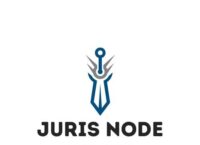The Role of Central KYC Records Registry in Customer Due Diligence
As the world becomes more interconnected, financial institutions and intermediaries face increasingly complex challenges to prevent money laundering, terrorist financing and other forms of financial crimes. To combat these crimes, governments around the world have introduced laws and regulations that require financial institutions to perform customer due diligence (CDD). Central KYC Records Registry is a […]
The Role of Central KYC Records Registry in Customer Due Diligence Read More »










